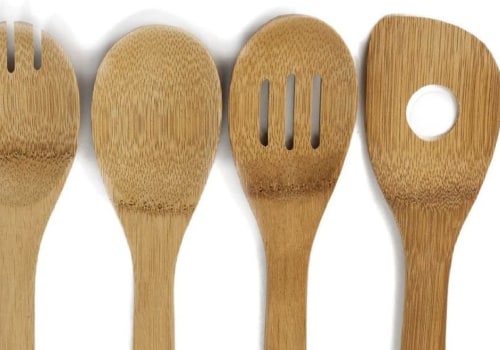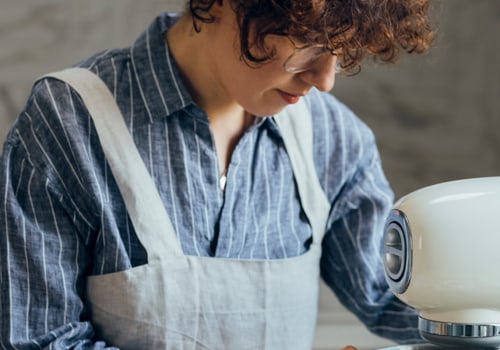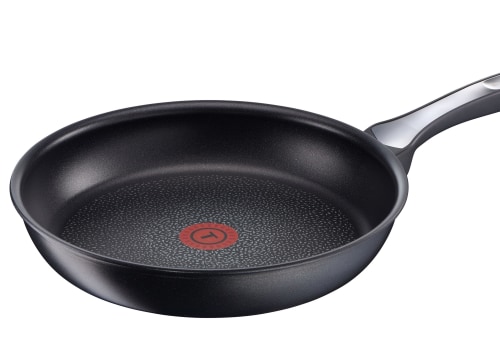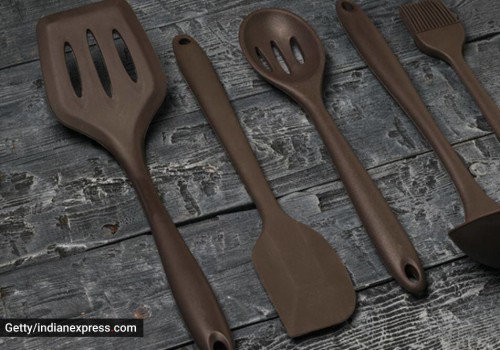When it comes to cooking, safety is always a top priority. But when it comes to choosing the right kitchen utensils, it can be difficult to know which material is the safest. Nylon and silicone are two of the most popular materials used for cooking utensils, but which one is safer?Nylon utensils are generally cheaper than silicone and are often used for cleaning kitchen utensils without damaging them. However, nylon has a lower heat resistance compared to silicone and should not be used on surfaces above 400°F, unless otherwise indicated by the manufacturer.
On the other hand, silicone utensils are much more durable and can withstand higher temperatures before melting. Silicone is heat resistant up to about 600°F (individual markings vary to some extent).When cooking on non-stick cookware, it's important to use non-scratch cookware that is made of wood, bamboo, silicone, or nylon. These materials will help you preserve the non-stick surface and extend the life of your scratch-sensitive cookware. It's also important to make sure that the silicone utensils you are using are “food grade” and come from a trustworthy company. The German Federal Institute for Risk Assessment recommends that cookware should not be made of melamine due to possible chemical migration due to temperature.
Non-stick cookware is more commonly known as Teflon and is a synthetic material that is a non-reactive non-stick surface. Overall, silicone is the safer option when it comes to cooking utensils. Not only does it have greater heat resistance, but it is also more durable and contains lower concentrations of potential carcinogens. FDA claims food-grade silicone is completely safe for use in recipes up to 500°F (check manufacturer's label because this temperature may be lower) in addition to temperatures below freezing point. So if you're looking for a safe and durable material for your kitchen utensils, then silicone is the way to go. It's heat resistant, non-stick, and won't leach any toxic compounds into your food when cooking or baking.



